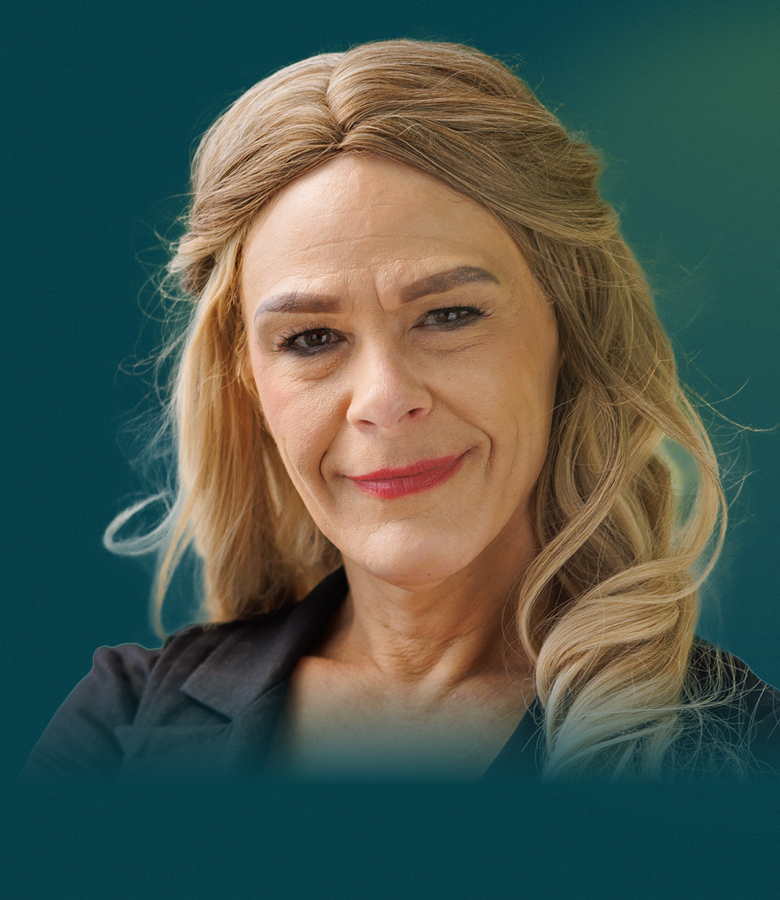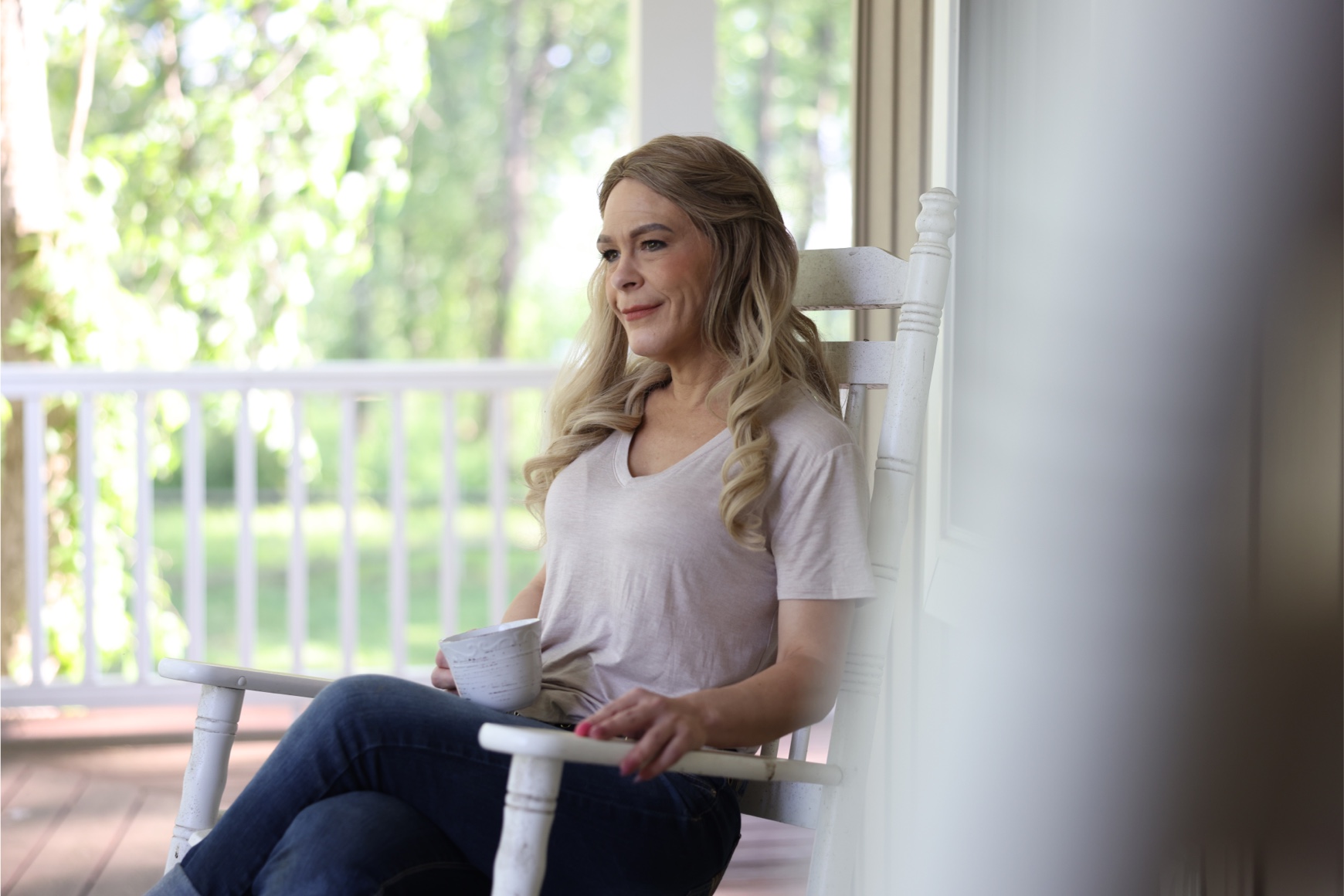Real Story: Jill
Jill had been living with uncontrollable crying and
laughing episodes for years. Then her doctor started
asking important questions about her medical history.


Jill is a real patient living with PBA. Image reflects patient with PBA at the time the image was captured.
After a traumatic brain injury, I started experiencing uncontrollable crying and laughing episodes. As the years went by, and I was still displaying sudden, frequent, uncontrollable crying or laughing, I got to the point where I was definitely ready to throw in the towel on the whole “getting help” thing. But that’s when my psychiatric nurse practitioner reviewed my symptoms and asked me if I had ever suffered any serious head injuries. It turned out to be an important medical detail that I had not thought serious enough to disclose.

Jill is a real patient living with PBA. Image reflects patient with PBA at the time the image was captured.
She asked me if I ever had episodes of crying or laughing that happened at the “wrong” time, or seemed unrelated to the emotions I was feeling. I immediately remembered an incident when this bizarre symptom did serious damage to the most important relationship in my life—a time when I laughed at my son’s sadness.
My nurse practitioner said she thought I was suffering from something called Pseudobulbar Affect, or PBA. She explained how PBA can occur in people with a history of neurological conditions or brain injury and affects the way the brain controls emotion. She explained how PBA episodes can be exaggerated and not match how a person really feels. She said that my history of traumatic brain injury, plus the sudden, frequent, involuntary episodes of laughing and crying I described, seemed to indicate PBA.

Mary-Beth is a real patient living with PBA. Image reflects patient with PBA at the time the image was captured.
Next Up: A PBA Diagnosis
Mary-Beth and her doctors struggled to find the cause of her laughing and crying episodes for years until her neuropsychiatrist gave her an assessment.
Ready to Take the PBA Quiz?
If you think you or someone you love might have PBA, take the PBA Quiz to learn if the symptoms suggest PBA.
Liyah is a caregiver for a real patient living with PBA.

